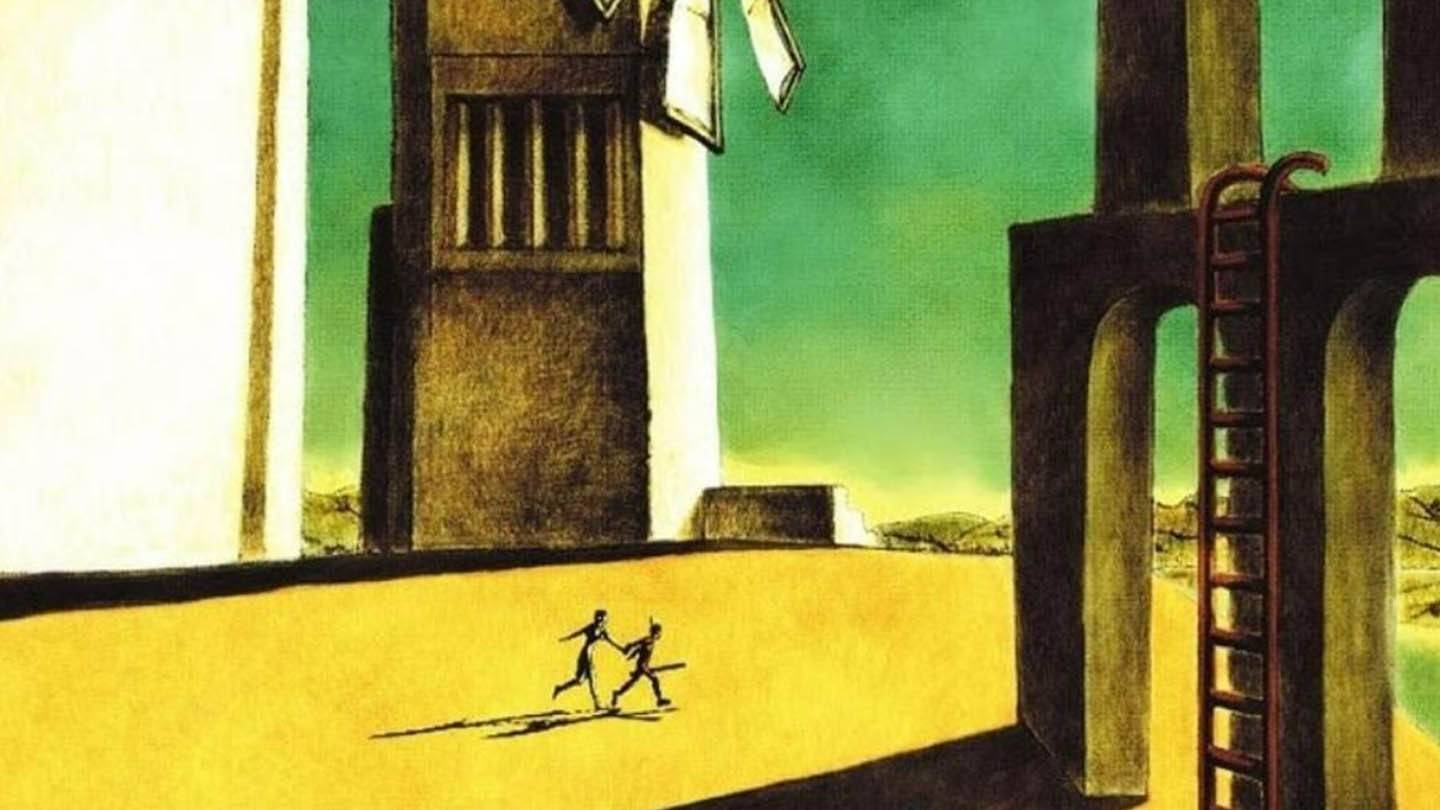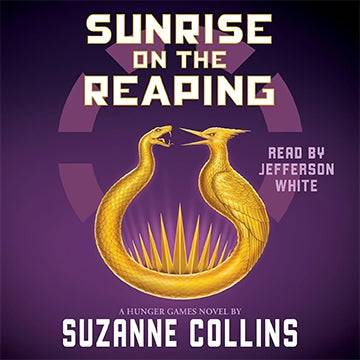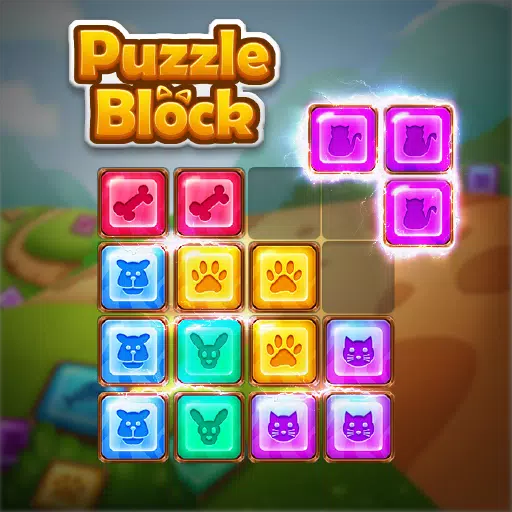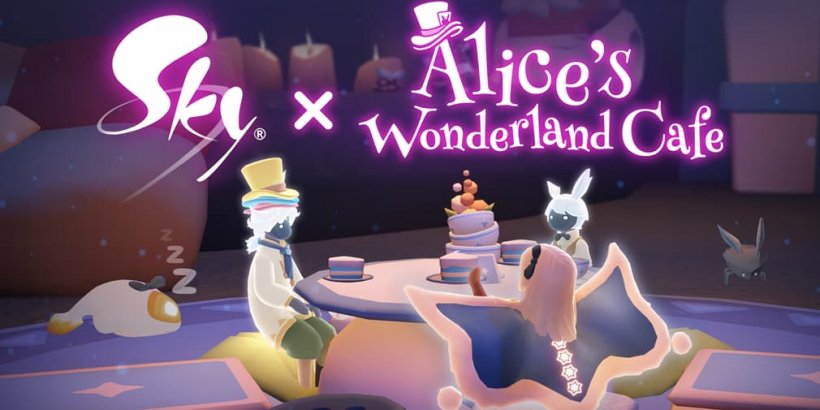
Yoko Taro, the visionary behind acclaimed titles like NieR: Automata and Drakengard, has openly discussed the profound impact of ICO on the realm of video games as an artistic medium. Launched in 2001 for the PlayStation 2, ICO swiftly garnered a cult following due to its minimalist aesthetic and silent narrative approach.
Taro emphasized the revolutionary nature of ICO's core gameplay mechanic, which involves guiding the character Yorda by holding her hand. "If ICO had tasked you with carrying a suitcase the size of a girl instead, it would have been an incredibly frustrating experience," Taro noted. He underscored that the act of leading another character was a groundbreaking move that challenged the traditional paradigms of interactivity in video games.
During that era, successful game design often hinged on maintaining engagement even when all visual elements were stripped down to basic cubes. ICO, however, took a different path by prioritizing emotional depth and thematic richness over purely mechanical innovations. Taro believes the game illustrated that art and storytelling could transcend their typical roles as mere enhancements to gameplay, becoming essential elements of the player's experience.
Labeling ICO as "epoch-making," Taro credits it with fundamentally altering the course of game development. He lauded the game for showing that video games could convey deep meaning through nuanced interactions and atmospheric design.
In addition to ICO, Taro also highlighted two other seminal games that profoundly influenced both him and the industry: Undertale by Toby Fox and LIMBO by Playdead. He argued that these titles expanded the horizons of what could be achieved through interactive media, demonstrating that video games are capable of providing profound emotional and intellectual experiences.
For enthusiasts of Yoko Taro's creations, his appreciation for these games provides a glimpse into the creative forces driving his own work. It also highlights the continuous evolution of video games as a dynamic and expressive art form.















